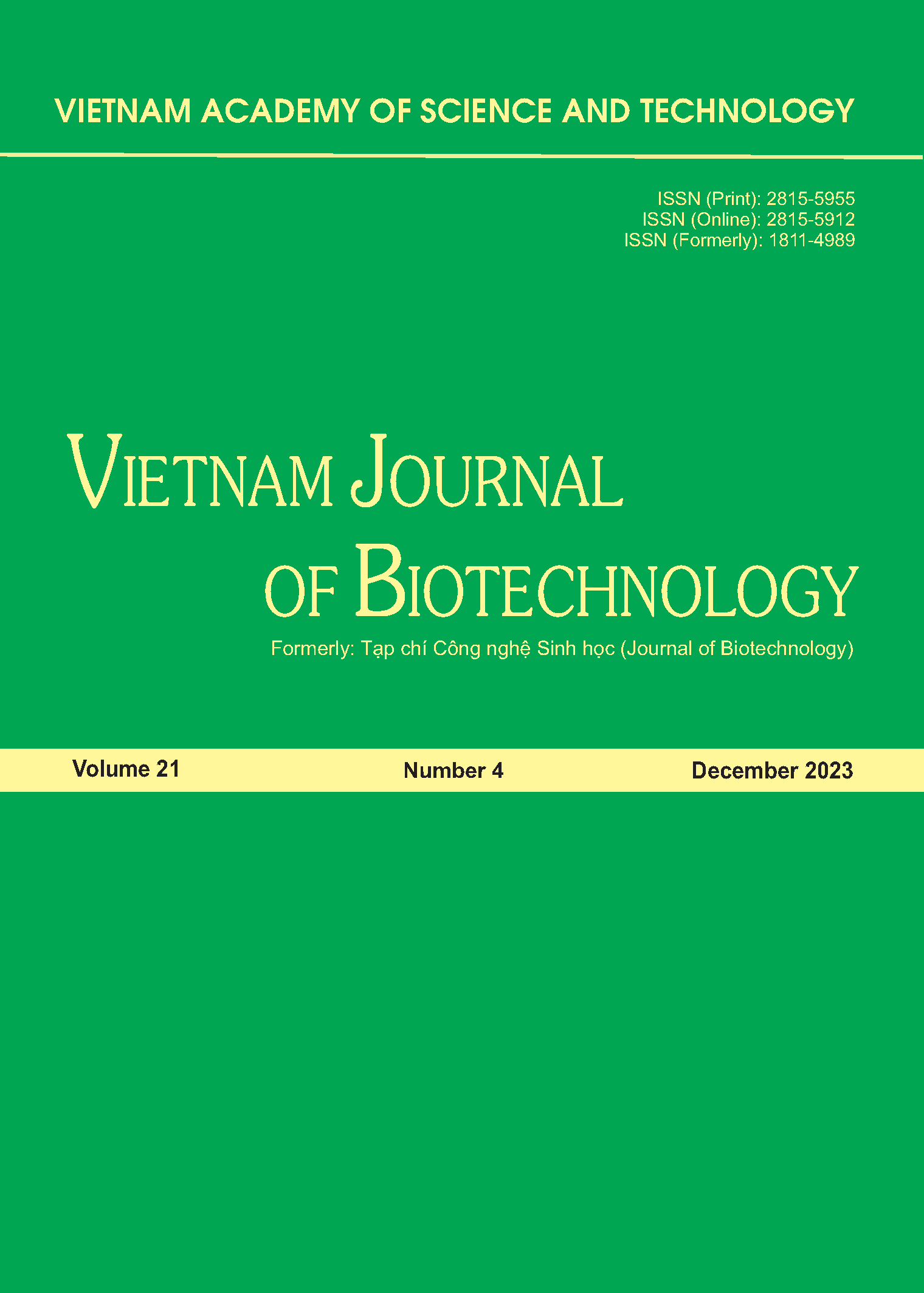Three rare dioecious Caenorhabditis nematode species (C. Tribulationis, C. Yunquensis, and C. Zanzibari) do not live in the same habitats
Author affiliations
DOI:
https://doi.org/10.15625/1811-4989/19552Abstract
The Caenorhabditis nematodes are among the best model systems for studies verifying the molecular-to-phenomenon consequences at different magnitudes. Hundreds of strains within nearly 60 species have been found in the wild and used for studies of evolution. However, the insights of evolution could be uncovered deeper when more Caenorhabditis isolates are gained and accessible. Unfortunately, the effort to isolate wild-type strains is not efficient in the habitats where the Caenorhabditis nematodes do not naturally distribute. In contrast, we surveyed many samples in various locations and revealed the presence of Caenorhabditis nematodes, which had already been seen globally. This suggests that rarer nematode decedents may live in the same habitats. In this research, we report the current isolations and the identifications of three Caenorhabditis species (C. tribulationis, C. yunquensis, and C. zanzibari) with low frequencies of discovery in the wild. Molecularly, they are highly similar to a few previous relatives from other territories.







